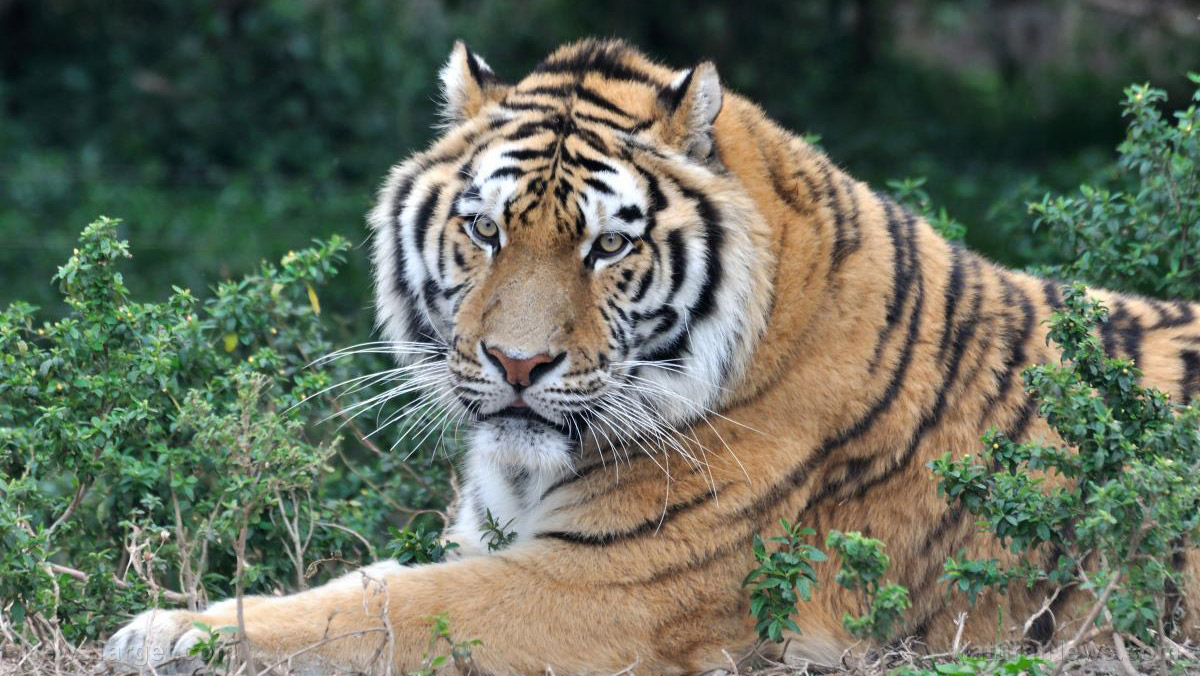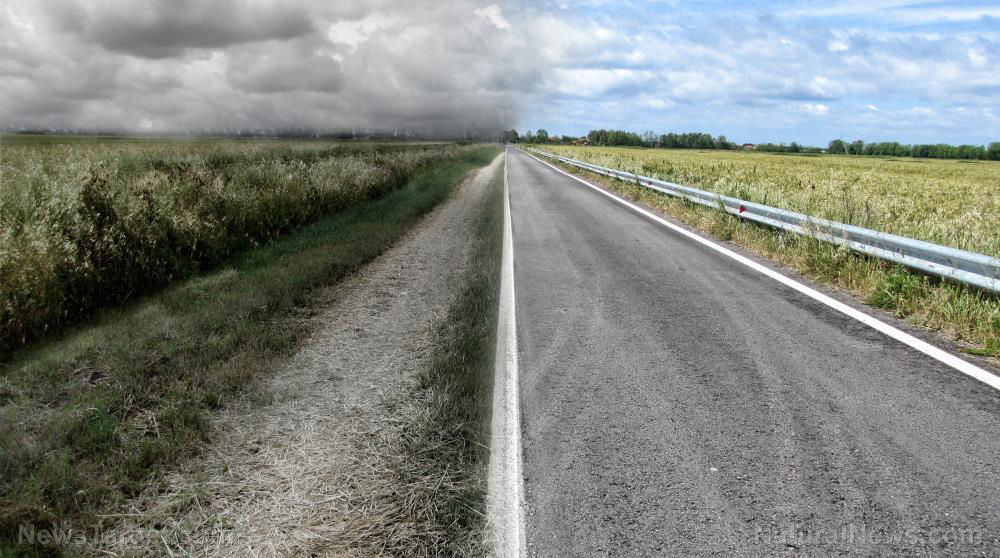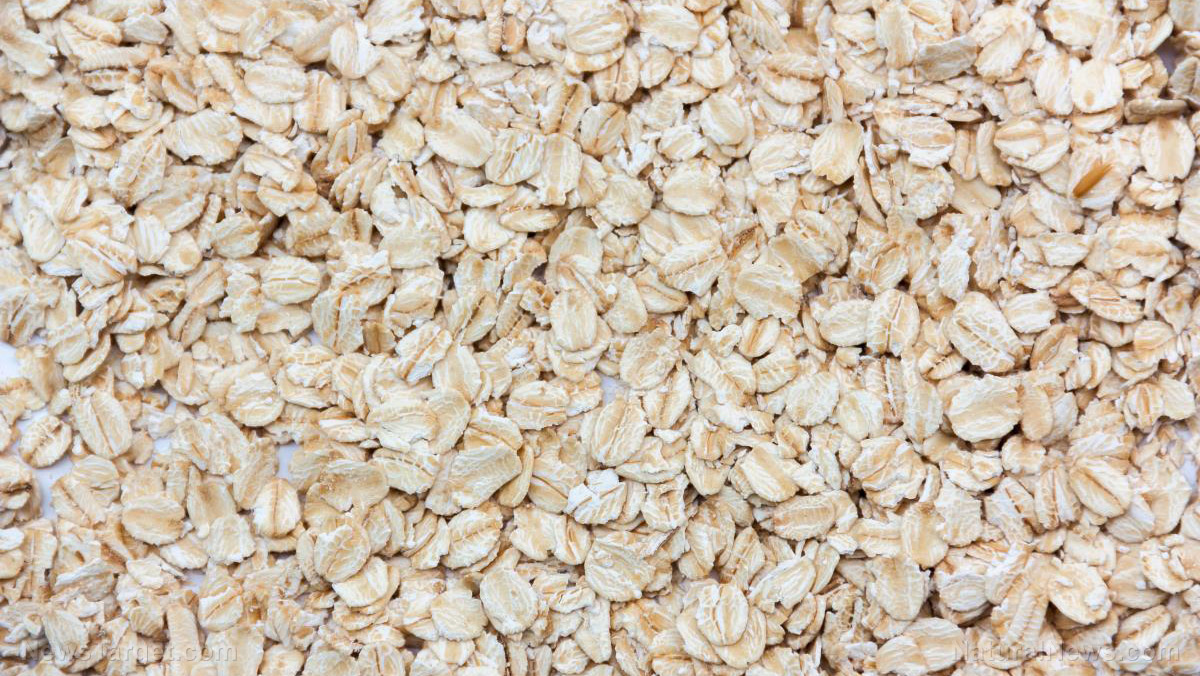Scientists identify new murder hornet in Washington
07/12/2021 / By Ramon Tomey

Scientists in the state of Washington identified a new murder hornet (Vespa mandarinia) found in Snohomish Country. A Marysville resident found the dead insect and reported it to the Washington State Department of Agriculture (WSDA) on June 4, which identified it as a male. The discovery came more than six months after the WSDA successfully destroyed a nest of the murder hornets late last year.
V. mandarinia, also known as the Asian giant hornet, is the world’s largest hornet, measuring 2 inches (5 centimeters). It boasts of an extremely painful sting and administers seven times more venom than a honeybee when it delivers the sting. The murder hornet’s venom acts as a neurotoxin and can lead to seizures and cardiac arrests.
WSDA noticed that the hornet specimen had a different coloring compared to earlier collected samples. It then submitted the insect to the U.S. Department of Agriculture‘s (USDA) Animal and Plant Health Inspection Service for final verification. The June 11 results confirmed that the hornet was indeed V. mandarinia – but was unrelated to the ones seen in Whatcom County and neighboring Canada. Entomologists believed that it was an old hornet from a previous season that was not discovered until now, based on its “exceptionally dry” appearance.
USDA Plant Protection and Quarantine Program Deputy Administrator Dr. Osama El-Lissy said in a June 16 statement: “This find is perplexing because it is too early for a male [hornet] to emerge. Last year, the first males emerged in late July, which was earlier than expected.” It was also unclear how the hornet made it to Marysville.
El-Lissy nevertheless reiterated that the USDA will work with its counterpart in the Evergreen State to verify if a murder hornet population exists in Snohomish County. He added that the USDA will continue to provide technical expertise and monitor the situation there. “USDA has already provided funding for survey and eradication activities as well as research into lures and population genetics,” El-Lissy said.
The report of the new specimen came as the 2021 murder hornet season neared
The June 4 discovery of the murder hornet came as Washington state made plans for this year’s murder hornet season. The Evergreen State emphasized the importance of public outreach, reporting and trapping to keep the murder hornets at bay.
WSDA Managing Entomologist Sven Spichiger said in the June 16 statement: “This new report continues to underscore how important public reporting is for all suspected invasive species, but especially Asian giant hornets. None of this would have happened without an alert resident taking the time to snap a photo and submit a report.”
A June 15 statement said that WSDA will continue to use orange juice and rice cooking wine as bait for trapping hornets. It added that residents will have the option to use either orange juice or a brown sugar-based bait for trapping. WSDA will focus its trapping on Whatcom County areas – where murder hornets were detected in 2019 and 2020.
In the statement, WSDA also exhorted residents in the Whatcom, Skagit, San Juan, Island, Jefferson and Clallam counties to join hornet trapping operations. Spichiger said a day later that hornet traps would now be set up in the Snohomish and King counties. He also called on the residents in both counties to participate.
The new finding highlighted the public’s role in fighting the invasive species that have targeted honeybees already threatened by mites, diseases, pesticides and loss of food. (Related: Asian hornet arrives in Britain, countless honeybees at risk.)
The murder hornet was first confirmed in the U.S. back in December 2019 near Blaine, a city in Whatcom County. The first live V. mandarinia was trapped in July 2020. WSDA had already killed six or seven hives in the state since the first hornet specimen was trapped. NBC News reported back in October 2020 that WSDA successfully destroyed the first murder hornet nest in the country. (Related: First murder hornet nest in the US found and destroyed.)
WSDA entomologists attached radio trackers to three hornets caught prior – with one hornet leading them to the nest in a tree. Workers wearing protective suits used foam to seal off the nest’s crevices on Oct. 24, wrapped the tree in cellophane and vacuumed out the hornets. Carbon dioxide gas was then pumped in to kill any remaining hornets in the nest.
Spichiger told reporters during an Oct. 26 video news conference: “We wanted to make sure that we took the nest out as quickly as we possibly could to avoid any queens escaping. No one was stung, and no one was even attacked that we’re aware of.” He added that the cold weather during the nest removal aided entomologists as the hornets inside remained docile throughout the operation.
Ecology.news has more articles about murder hornets and states’ fights against the invasive species.
Sources include:
Tagged Under: discoveries, Ecology, environment, giant Asian hornet, honeybees, invasive species, murder hornet, murder hornet season, Snohomish County, Washington state, Whatcom County
RECENT NEWS & ARTICLES
COPYRIGHT © 2017 ECOLOGY NEWS





















